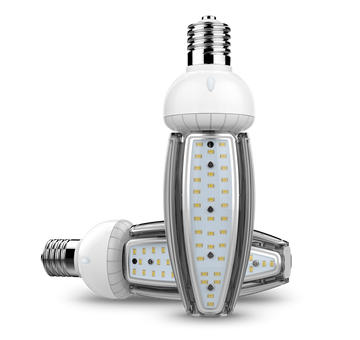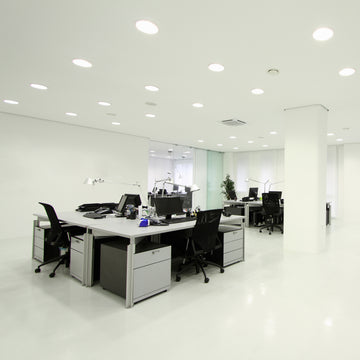LED Tech

What is LED Lighting?
LED is an acronym for “light emitting diode”. In simple terms, LEDs are solid-state electronic devices that contain two semiconductor electrodes. LEDs convert electricity into visible light when current is passed from the positive side to the negative side. The technology was invented in the early 1960’s and incorporated into hand-held calculators, circuit boards, and other specialty products. While the technology had many beneficial attributes, such as energy efficiency, compact size, durability, long life, focused directional light, reduced carbon emissions, and low heat dissipation, issues such as high developmental and production costs prevented mass market commercialization. These issues were resolved over time, applications for the technology expanded exponentially.

Where is LED Used?
Today, LED technology is incorporated into hundreds of lighting applications and is considered one of the fastest growing, most potentially impactful energy solutions available. Lower production costs coupled with superior energy efficiency and a long list of comparative benefits have fueled accelerated growth in replacing traditional light sources in nearly every industry. Some estimates suggest LED lighting will account for more than 70% of all lighting applications by 2030, saving the U.S. billions in energy costs while also significantly reducing harmful carbon emissions. LED lighting solutions are available for nearly every lighting application and come in a wide variety of sizes, colors, voltages, and wattages. LED lighting is constantly evolving and it can be easy for businesses to get left behind. Don’t be a late adopter, contact WATT-MAN today to get the best LED solution for your application.


